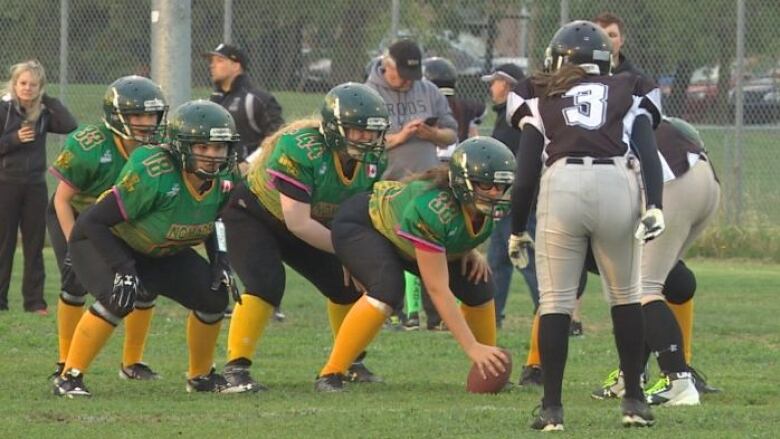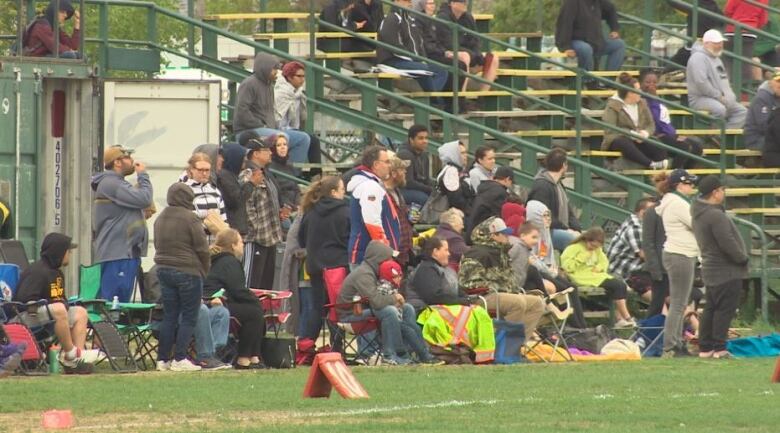New North End police station displacing youth sports
Athletics programs for youth help to prevent crime, says community activist Michael Champagne

On Friday, a community leader named Jill came to Meet Me at the Bell Tower, the weekly community gathering I help organize, with an opportunity for girls 16 and up to participate in the Winnipeg Wolfpack female tackle football league.
Several girls were excited, with some asking to take a pile of leaflets to other girls and women in their lives.
After Jill shared this info with the 30 or so community members present, I took her aside and asked her where they practised. She said they have always practised out of the same fields as the Winnipeg North Nomads, but now they don't know.
The reason: The Winnipeg Police Service plans to build a new mega police station in the area, leaving future use of this space for community recreation and youth opportunity uncertain.
At a community consultation recently in Winnipeg's North End, the police service revealed they want a new building to replace the Hartford Avenue District 3 police station as part of a larger city-wide plan to build four mega police stations in the north, east, south and west of the city.
The police considered four options for the location, but they preferred a spot at the Old Exhibition Grounds either on the football fields where the North Winnipeg Nomads practice or on the baseball fields where many First Nations and inner-city community baseball teams play in the summer.
While I understand the police need a new space for their vehicles and officers, this must happen in an appropriate place, ideally one that doesn't interfere with other mechanisms for crime prevention.
The police have demonstrated their capacity for participating in community-level crime prevention initiatives in the past.
Participation in positive campaigns such as 100 Basketballs, organized activities like North End Hockey, and the school resource officer program have all benefited residents of the inner city, especially young people.
Building positive relationships
These initiatives provide space and time for young people in the inner city to build positive relationships with Winnipeg Police officers; it can be very impactful to interact with a police officer in this way.
The police also are part of the City of Winnipeg, which just this year rolled out the Winnipeg Indigenous Accord, a document intended to facilitate and encourage reconciliation in our city among various sectors in meaningful, measurable ways.
However, in recent years, the police service has purchased a helicopter and a military-style armoured vehicle, and now it's proposing a mega police station that would displace youth opportunity and community recreation.
When combined with the overwhelming rates of First Nations, Metis and Inuit peoples represented in the justice system, the trend is alarming.
The recent police headquarters/public safety building project that has gone millions of dollars over budget also is not a pleasant memory for citizens of Winnipeg who want to spend money keeping our streets safe.

Is it important for teams like the Winnipeg North Nomads and the women's team the Winnipeg Wolfpack to have space to practice and play.
We have to encourage our city to continue to invest in crime prevention as it has in the past.
How do we prevent crime in a logical and safe way, emphasizing recreation as prevention, communication and citizen participation as parts of the solution?












_(720p).jpg)


 OFFICIAL HD MUSIC VIDEO.jpg)
.jpg)



























































































